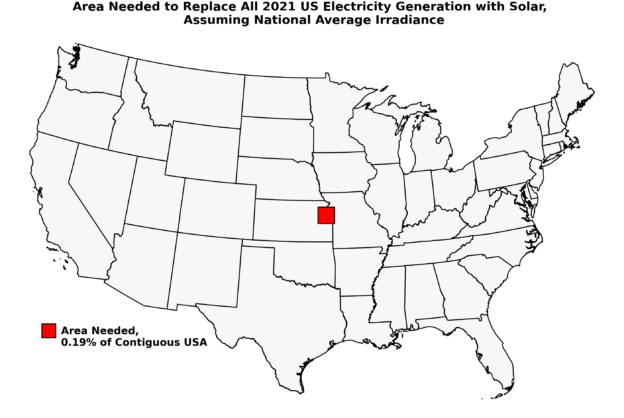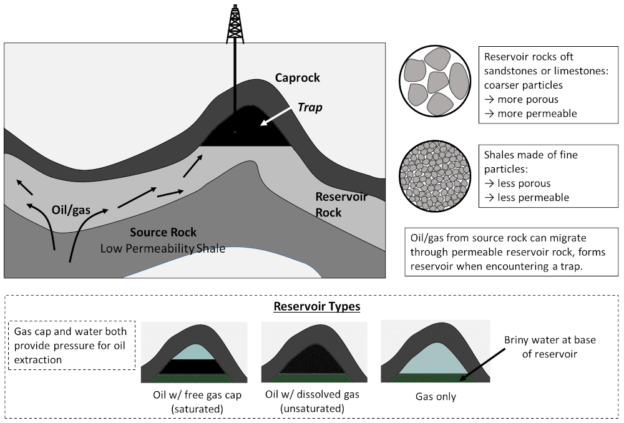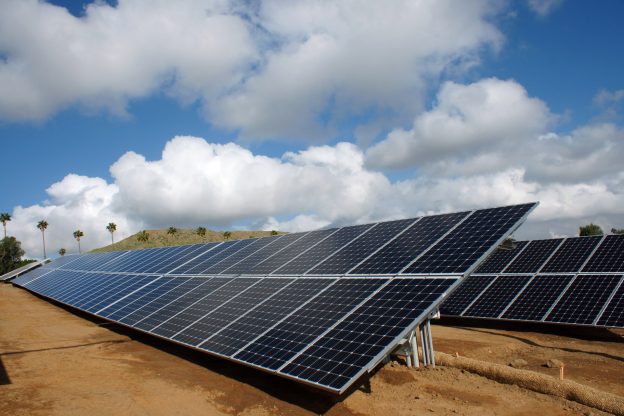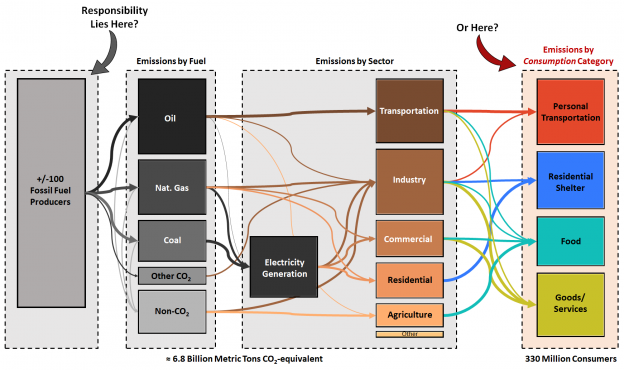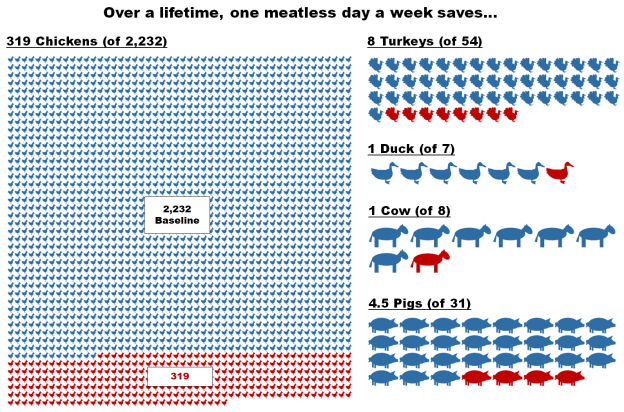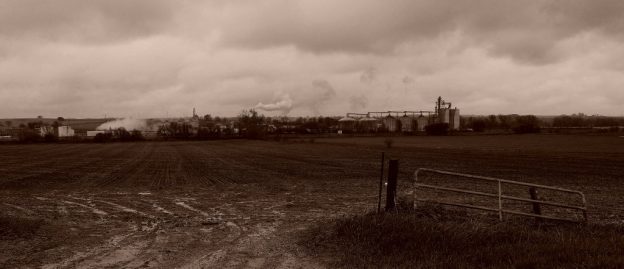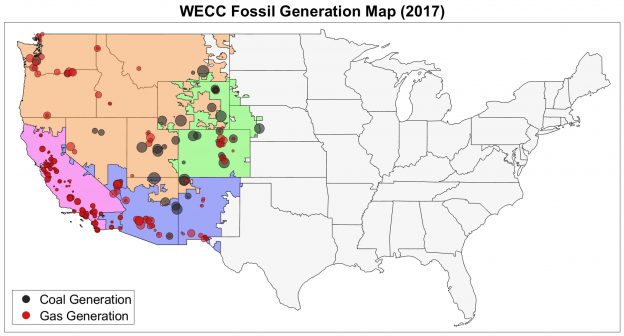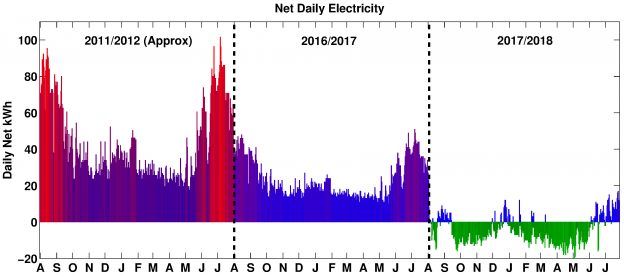An in-principle calculation demonstrating how little land is really needed
Renewable energy resources are more diffuse than concentrated fossil energy, requiring wind farms spread o’er many leagues, and array upon array of solar panels. But is this a fundamental barrier to employing renewables at scale, as some would have you believe? The answer is nay, and it can be quickly seen from some back-of-the-envelope calculations (and with the assistance of some pretty maps), that no more than 7,000 square miles of photovoltaic panel surface area would be needed to generate 100% of US electricity. This is less than 0.2% of the contiguous US land area, and a small fraction of urban area in the US.
This demand could be satisfied with existing rooftops and other impermeable surfaces, such as parking lots. And of course, no all-renewable portfolio would actually be 100% solar, but this exercise shows that land area is not a limiting factor in scaling solar.
To inform our calculations, let us first introduce some fundamentals concerning solar resources…
